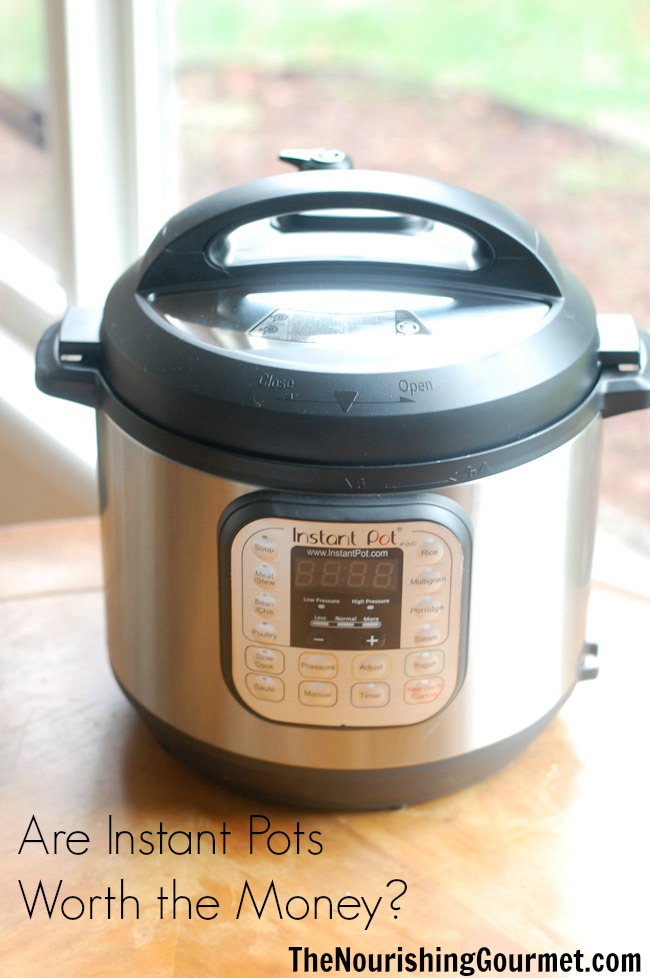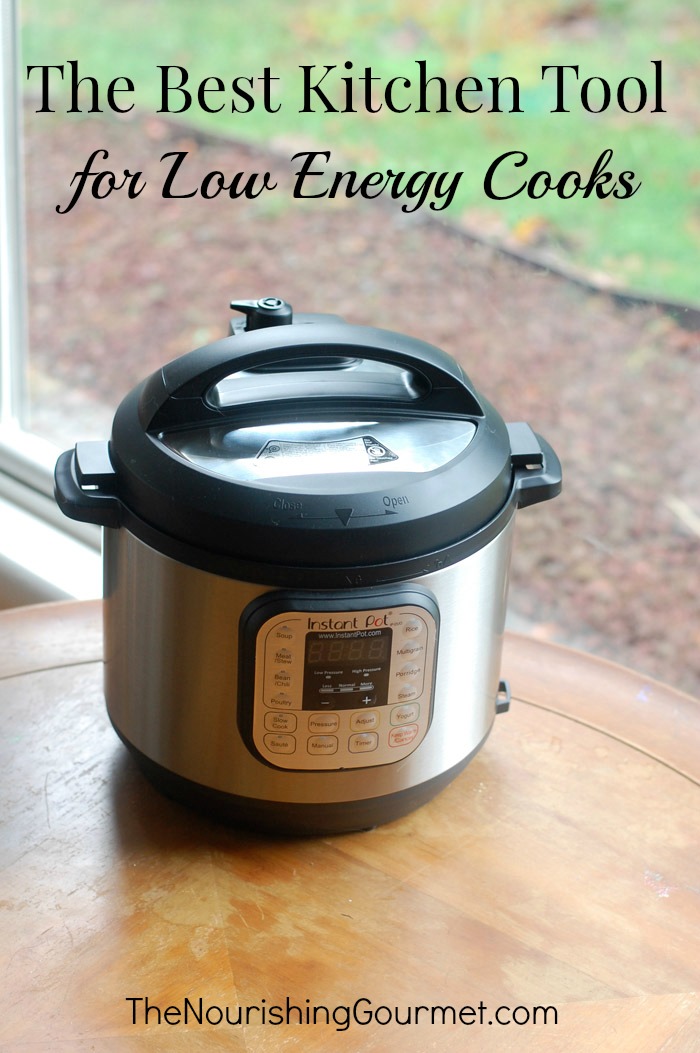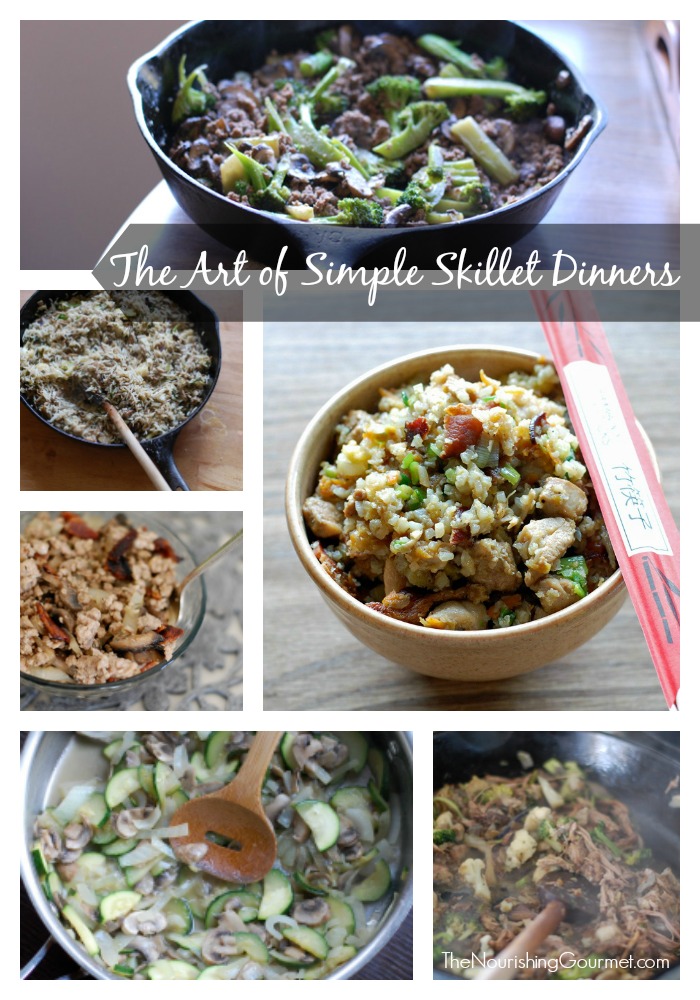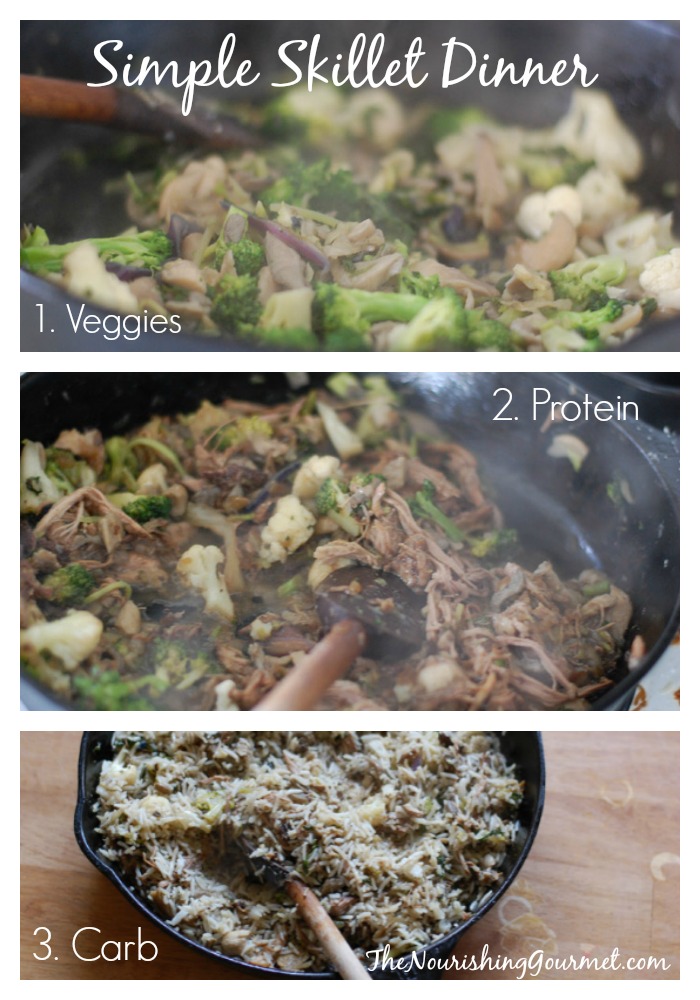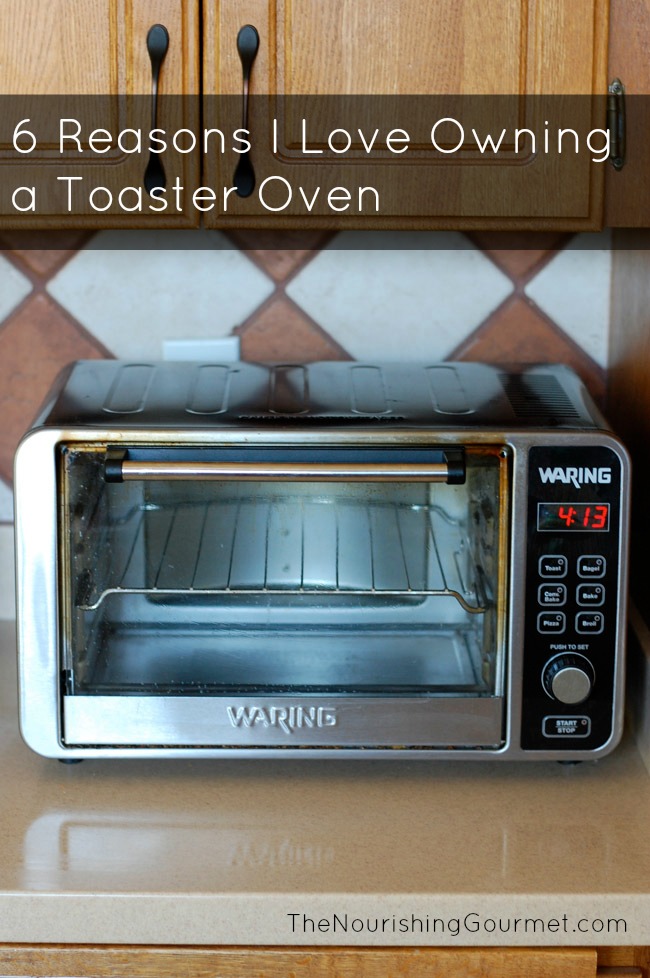Instant Pots are one of the new, safe pressure cookers that act as a better slow cooker (more like a fast cooker), with multi-uses.
I got my first Instant Pot last year and fell in love with it immediately. But that doesn’t mean everything about it is positive. In fact, I have learned over the last nine months some drawbacks as well.
For those curious, this is the version we own: Instant Pot 7-in-1 Multi-Functional Pressure Cooker.
While there are certainly many uses for the Instant Pot that I haven’t yet tried out, using it over time has allowed me to see both its uses and the disadvantages. I wanted to give you all an update on my thoughts on this kitchen tool.
Let’s start with the negatives.
By far the biggest negative surprise for me was that despite a lot of the hype around the Instant Pot regarding its speed, not everything actually cooks faster or better in it. For example, some favorite lentil soups of mine take longer in the Instant Pot. This is because it takes a significant amount of time to bring it to pressure when it’s at full capacity. And it also takes some minutes (or upwards of 30 minutes when doing a slow release) to get the pressure down again before you can take off the lid. For something like lentils which cook fairly quickly on the stove top, it’s far faster to simply make it on the stove top.
Some food bloggers have the habit of listing the time for cooking as “at pressure cooking time.” You need to understand that you need to add significantly to that time for the total amount of time it will take to cook because that number doesn’t include the time it takes to get to pressure and releasing pressure at the end of the cooking time.
The other more obvious negative is that when cooking for a large family, the Instant Pot is smaller than the large pots you can get for the stove. I’ve also occasionally had an issue with it malfunctioning when getting to pressure. When that happens, it will keep it warm instead of pressure cooking until you restart it.
The other drawback is that when pressure cooking you can’t check the progress of your dish until the cycle is complete, and the pressure is released. Sometimes this has meant meals not quite cooked enough, or meals over-cooked.
That said, here are the reasons I still love it.
For someone who often needs things to be as simple as possible during Lyme treatment, I adore that it is a dump and leave it machine. There is no babysitting here. That’s why sometimes even when I know that it will take a little longer in the Instant Pot, I use it anyway.
I love that it keeps it warm after it’s done cooking. This allows me to start something early in the day, when needed.
While some recipes may be better suited for stove-top, there are others that are well suited for the Instant Pot and cook faster, and end up more tender. Tough cuts of beef, for example, end up tender and moist when cooked in the Instant Pot. And we’ve made many times a simple shredded pork dish with pineapple that ends up flavorful and perfect – even when using lower quality meat. Beef stew, pot roast, and all those sorts of dishes are extremely well suited for the Instant Pot.
Oh, and for broth making it’s amazing! You end up with a rich broth in two hours that would take 24 hours to make on the stove.
For those with small kitchens, the fact that you can use it for so many different things (like making rice or other grains, yogurt, etc.) is a big advantage.
And finally, for those of us without air conditioning, I adore that it doesn’t heat my house up.
My conclusion is that while there are limitations to its use, I’m extremely thankful to own one and think it is well worth the cupboard space.
This post contains affiliate or partner links. Thanks for supporting my blog!
